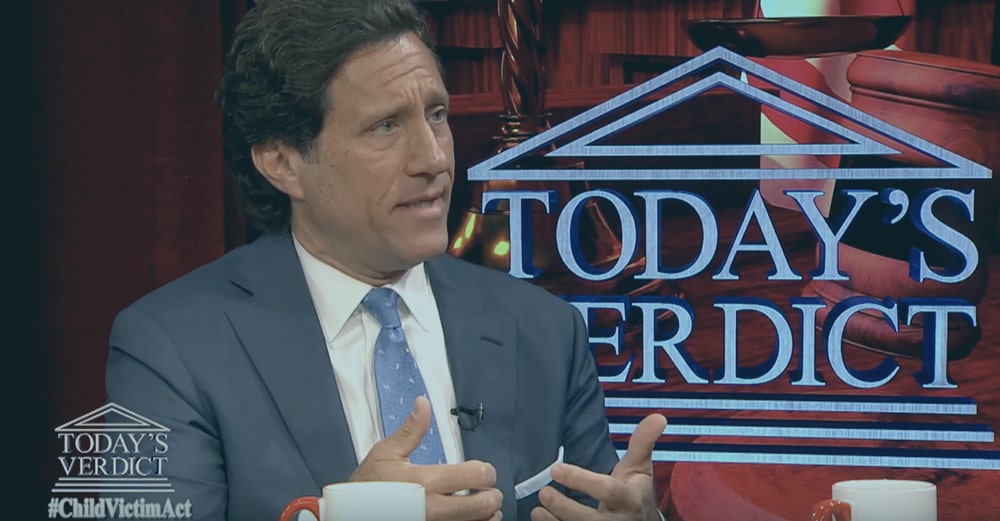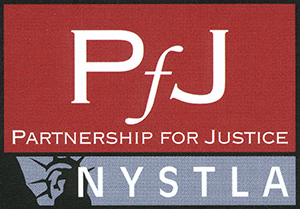The SUM Bill and Insurance Law
Posted on October 19th, 2013 by Oddo & Babat, P.C.
In June 2012, the New York State Legislature passed an amendment to the Insurance Law that would protect car insurance policyholders and their loved ones from injuries caused by uninsured and underinsured drivers. The SUM bill requires that a driver’s SUM insurance limit match their liability coverage — unless the driver chooses to decline the cost of the added protection. The amendment was later vetoed by Governor Cuomo in December 2012.
In New York State, drivers are currently required to carry 25/50/10 in bodily injury and property damage liability on their policy. This means that $25,000 is the maximum amount payable for bodily injury per person; $50,000 is the maximum payable per accident; and $10,000 is the maximum payable for property damage including the other driver’s vehicle as well as street signs, buildings, light posts, etc.
If an accident is deemed your fault, in theory your insurance policy will compensate any parties injured by your carelessness. The problem occurs when the negligent party has little or no insurance on the car. Often the most dangerous drivers have low policies because risk-factors (including previous accidents, speeding citations and DWIs) have given them high premium rates. Others are just trying to save money by lowering their insurance coverage; NY is 4th in the nation for auto insurance costs according to a 2013 report by the Insurance Information Institute.
Whatever the reason, many individuals are paying the minimum of $25,000 – hardly enough to cover a serious accident. In 2010, the National Safety Council reported the average cost of an accident with disabling injuries is over $70,000. SUM (Supplementary Uninsured/Underinsured Motorist) coverage allows individuals to “supplement” the insurance of negligent drivers who cause an accident. For example, if the victim has liability coverage of $100,000 with SUM benefits while the driver at fault has the state minimum of $25,000, the latter would be considered “underinsured.” The victim could then receive the $25,000 from the negligent driver’s insurance company as well as $75,000 from their own. Such was the case in a 2012 lawsuit that energized the issues surrounding SUM insurance. In June 2010, 24-year old Johns Hopkins graduate Kaitlynn Fisher was killed in an intersection collision in Baltimore, Maryland. Fisher’s estate asserted a liability claim against the driver and her own insurer, Progressive, for compensation and SUM benefits. Progressive declined to pay out the benefits claiming that Kaitlynn was the negligent party, thereby creating a highly-publicized controversy. A lawsuit against the surviving driver determined that Kaitlynn was not the negligent party and the case was eventually settled.
In August 2012, a New York Times article referred to the incident as “The Auto Insurance Case That Blew Up on the Internet.” Aside from being a PR nightmare for Progressive insurance, the case also caused many officials and individuals to take a closer look at car insurance and policyholders’ understanding of it – particularly with regard to SUM coverage. The law remains that insurance companies do not have to offer more than the state required minimum of $25,000 unless a policy holder requests more body liability coverage. The new amendment would have required insurers to provide increased SUM coverage matching the chosen liability limits, though individuals could opt to decline it via a waiver or statement. In lieu of Governor Cuomo’s decision, a debate over whether the amendment protects responsible motorists or is unfair to consumers continues. The New York State Trial Lawyers Association (NYSTLA) says the amendment keeps taxes low for New Yorkers because underinsured drivers will not have to rely on benefits like Medicaid. Others, including The New York Public Interest Research Group praise it for potentially reducing auto fraud by medical companies who have a history of excessive billing, while United Policyholder (UP) feels it encourages people to be more financially literate and take more interest in how their coverage works. The bill’s sponsors are currently moving on a modified bill to address the governor’s concerns.
Opponents of the amendment like Governor Cuomo and the group New Yorkers Stand Against Insurance Fraud believe the law will unfairly increase insurance rates for NY drivers who already pay more than the national average. The governor stated in his veto message that “consumers should be free to choose what level of SUM coverage makes sense to them” and should not have to “affirmatively opt-out of such coverage.”
Despite the debate, many drivers remain unaware that SUM coverage exists. For a comparatively small premium (usually around $50-$100 per year) SUM coverage can protect those involved in an accident from the low insurance policies of negligent drivers. If an individual is injured by a driver with no insurance, an expired policy, a stolen car or a hit and run, SUM insurance will be their only compensation. The founder of UP, Amy Bach, points out that while awareness is low and insurers undersell SUM coverage, if drivers knew about it they would likely opt for it as a “common-sense” addition to their policy.
The mission of the New York State Trial Lawyers Association is “To promote a safer and healthier society, to assure access to the civil justice system by those who are wrongfully injured and to advance representation of the public by ethical, well-trained lawyers.” Oddo & Babat partner, David Oddo is an active member of the NYSTLA.


 I consulted with David the first time a couple of years ago on a serious matter that affected a very close member of my family. Not expecting a good experience from this serious situation coupled with an attorney consultation, the entire thing surprised me as it was pleasant, professional, and completely successful. We found him clear, direct, generous and extremely knowledgeable throughout the process. I give my very strongest recommendation
I consulted with David the first time a couple of years ago on a serious matter that affected a very close member of my family. Not expecting a good experience from this serious situation coupled with an attorney consultation, the entire thing surprised me as it was pleasant, professional, and completely successful. We found him clear, direct, generous and extremely knowledgeable throughout the process. I give my very strongest recommendation








